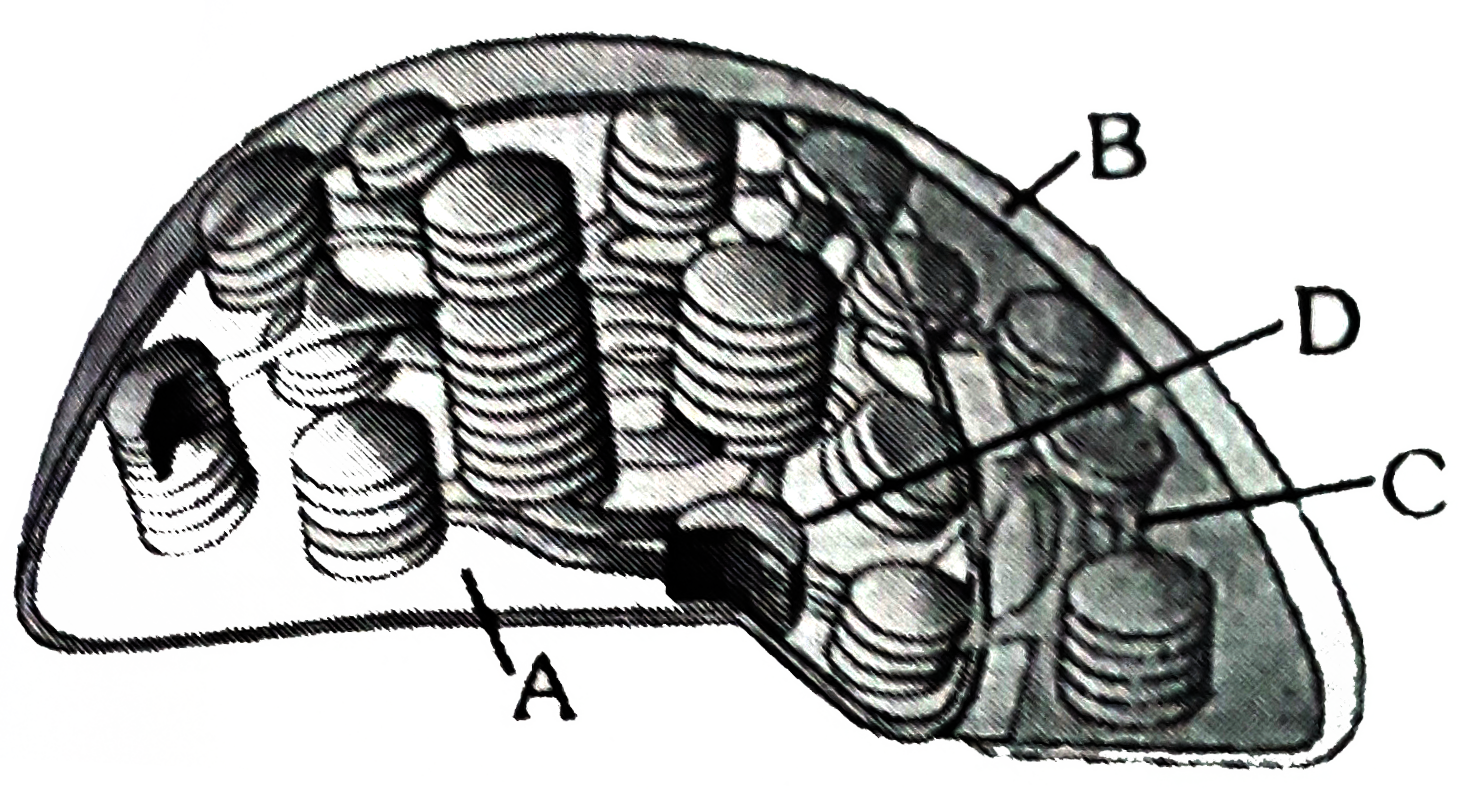From the list given choose the helminthic diseases.
(a) Ringworm
(b) Ascariasis
(c) Amoebic dysentery
(d) Tetanus
Ringworm
Ascariasis
Amoebic dysentery
Tetanus
To determine which of the listed diseases are helminthic, we need to understand what helminthic diseases are. Helminthic diseases are caused by helminths, which are parasitic worms. Let's analyze each option step by step:
1. Option (a): Ringworm
- Ringworm is a fungal infection of the skin, also known as dermatophytosis. It is not caused by a helminth (worm).
- Conclusion: This is NOT a helminthic disease.
2. Option (b): Ascariasis
- Ascariasis is caused by the parasitic worm Ascaris lumbricoides. This is a type of helminth.
- Conclusion: This IS a helminthic disease.
3. Option (c): Amoebic dysentery
- Amoebic dysentery is caused by the protozoan parasite Entamoeba histolytica. It is not caused by a helminth.
- Conclusion: This is NOT a helminthic disease.
4. Option (d): Tetanus
- Tetanus is caused by the bacterium Clostridium tetani. It is a bacterial infection and not caused by a helminth.
- Conclusion: This is NOT a helminthic disease.
After analyzing all the options, the only helminthic disease from the list is:
Final Answer: (b) Ascariasis
---
- Ringworm is a fungal infection of the skin, also known as dermatophytosis. It is not caused by a helminth (worm).
- Conclusion: This is NOT a helminthic disease.
- Ascariasis is caused by the parasitic worm Ascaris lumbricoides. This is a type of helminth.
- Conclusion: This IS a helminthic disease.
- Amoebic dysentery is caused by the protozoan parasite Entamoeba histolytica. It is not caused by a helminth.
- Conclusion: This is NOT a helminthic disease.
- Tetanus is caused by the bacterium Clostridium tetani. It is a bacterial infection and not caused by a helminth.
- Conclusion: This is NOT a helminthic disease.
Topper's Solved these Questions
Similar Questions
Various diseases can spread through inhaling the droplets/aerosols released by infected person. From the option given choose the diseases that acquired by this method. (a) Diphtheria, (b) pneumonia, (c) Dengue, (d) Malaria, (e) Dysentery, (f) Chikungunya
View Solution
From the given figure identify A,B,C and D
View SolutionFrom the given figure identify A,B,C and D

View SolutionHow does the transmission of each of the following diseases take place?
(a) Amoebiasis
(b) Malaria
(c) Ascariasis
(d) Pneumonia
View SolutionAll of the following are common infectious disease except
(a) Common cold
(b) Hepatitis-B
(c) Cancer
(d) Ringworm
View SolutionIf a person meets with a road accident, which of the following is administered?
(a) Anti-venom
(b) Tetanus toxoid
(c) Anti-tetanus serum
(d) IgA enriched colostrum
View SolutionGranulated blood cells with bilobed nucleus associated with helminthic infections are
(a) Eosinophils
(b) Basophils
(c) Neutrophils
(d) Monocytes
View SolutionA patient is diagnosed with internal bleeding, muscular pain, fever, anemia, blockage of intestinal passage. He is most likely suffering from
(a) Filariasis
(b) Amoebiasis
(c) Ascariasis
(d) Malaria
View SolutionFrom the given figures identify the A,B,C,D,E and F

View SolutionGemmule formation occurs in
(a) helminthes
(b) Ctenophorans
(c) Cnidarians
(d) Poriferans
View Solution
